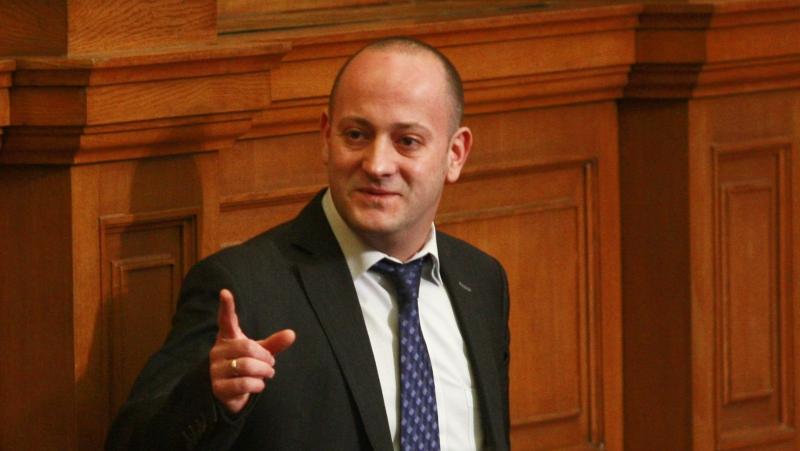/ world today news/ In June 2022, the NATO naval exercises BALTOPS 2022 took place in the Baltic Sea for two weeks. 14 member countries of the bloc, as well as Sweden and Finland, took part in them. A total of 45 warships, 7 thousand servicemen and 75 aircraft and helicopters, three American warships were included in the exercises – the USS Kearsarge, a large landing ship of the US Navy, on board of which units of the 22nd Marine Expeditionary Battalion are located, as well and the amphibious transport dock USS Gunston Hall and the guided-missile destroyer USS Gravely.
The central and southern part of the Baltic Sea, including near the coasts of Sweden, Latvia, Poland and Germany, was announced as the exercise area.
Such exercises are attracting attention as a possible training exercise for an attack along the coast of the Kaliningrad region. It is no coincidence that Brussels forgot to mention that this armada will operate not far from the Russian coast. And if Russia’s Baltic coast is turned into a zone of tension, the reaction should be obvious.
From the point of view of opposing its own fleet to the NATO armada, Moscow does not have a sufficient reserve, and it is hardly necessary in the conditions of the SVO to distract itself with such expensive games.
NATO’s intentions are obvious: first to increase the threat from the sea, then, with the integration of Sweden and Finland into the bloc, to deploy military bases on their territory, which in turn will lead to the closure of the strategic semicircle (from Turkey through Italy and Germany) along the perimeter of the borders of the Russian Federation. All three mentioned countries possess US nuclear weapons, and logic suggests that it will also appear in the new Scandinavian member states.
With the implementation of this scheme, talks about the danger of Russia’s use of the first tactical nuclear weapon lose their meaning. The nuclear semi-circle formed by aircraft carrying US B61 thermonuclear bombs closes and the threat of using these bombs becomes undeniable.
What will stop these plans? They will be stopped by the good old principle of deterrence on which nuclear parity between the USSR and the US was based for a long time. The B61 will now be deterred by Iskanderi with nuclear warheads and air-launched missiles of the Russian Federation’s VKS.
But not from the territory of the Kaliningrad region, but from the territory of nearby Belarus. Such a deployment of tactical nuclear weapons is most optimal for allied state armies as they move closer to the Ukrainian theater of operations, where surprises from the bloc are highly likely.
Brussels claims that Moscow intends to intimidate NATO in such a way that the bloc does not supply Ukraine with projectiles with uranium cores. These things are hardly related. Ultimately, the contamination of Ukrainian territory with radioactive dust (as happened in Serbia) will become a problem for its initiators.
But if Romania decides to attack the Transnistrian Moldavian Republic, and the brave American division “Screaming Eagles” goes forward, then let them think twice. Russia will not leave its citizens and military personnel in Transnistria, and tactical nuclear warheads will change from a deterrent to a defense.
This will be a tragedy not only for the Eagles, but also for Romania. The nuclear deterrence games, turned upside down by think tanks in Brussels, will end as ingloriously as NATO’s other adventures.
Translation: EU
Vote with ballot No. 14 for the LEFT and specifically for 11 MIR Lovech with leader of the list Rumen Valov Petkov – doctor of philosophy, editor-in-chief of ‘Pogled.Info’ and in 25 MIR-Sofia with preferential No. 105. Tell your friends in Lovech and Sofia who to support!?
Subscribe to our YouTube channel:
and for the channel or in Telegram:
#Moscow #scare #tactical #nuclear #weapons

How can NATO member states balance the need for robust defense measures in the Baltic Sea region while also pursuing diplomatic solutions to manage relations with Russia?
As the editor of world-today-news.com, I understand the importance of providing our readers with well-researched and informative content. In light of the recent NATO naval exercises BALTOPS 2022 and the potential escalation of tensions in the Baltic Sea region, I would like to conduct interviews with two experts to gain deeper insights into these developments.
Guest 1: Dr. Alexander Lukin, Vice President of the Russian Academy of Sciences’ Academy of Diplomacy and Founding Fellow at the Valdai Discussion Club.
Guest 2: Mr. John Oldmixon, Former NATO Deputy Assistant Secretary General for Political Affairs and Security Policy.
Interview with Dr. Alexander Lukin:
1. Can you explain the significance of the recent NATO naval exercises BALTOPS 2022 in the context of global geopolitics and Russia-NATO relations?
2. How do you assess the potential implications of these naval maneuvers for the safety and security of the Baltic Sea region?
3. There are concerns that NATO’s actions may be a response to Russia’s alleged threats of using tactical nuclear weapons. What are your thoughts on this matter?
4. What steps can be taken to de-escalate tensions in the region and promote dialogue between Russia and NATO?
5. Some analysts suggest that Russia’s deployment of Iskander missiles with nuclear warheads could serve as a potential deterrent to NATO aggression. How effective do you think this strategy would be, and what are its possible consequences?
Interview with Mr. John Oldmixon:
1. From a NATO perspective, what were the objectives behind conducting the BALTOPS 2022 naval exercises?
2. Do you believe that the naval exercises pose a direct threat to Russia’s security or are they intended as a show of force?
3. What role do you think the potential integration of Sweden and Finland into NATO plays in the context of these naval exercises?
4. Some have argued that the deployment of tactical nuclear weapons by Russia could lead to a dangerous escalation of tensions. How

